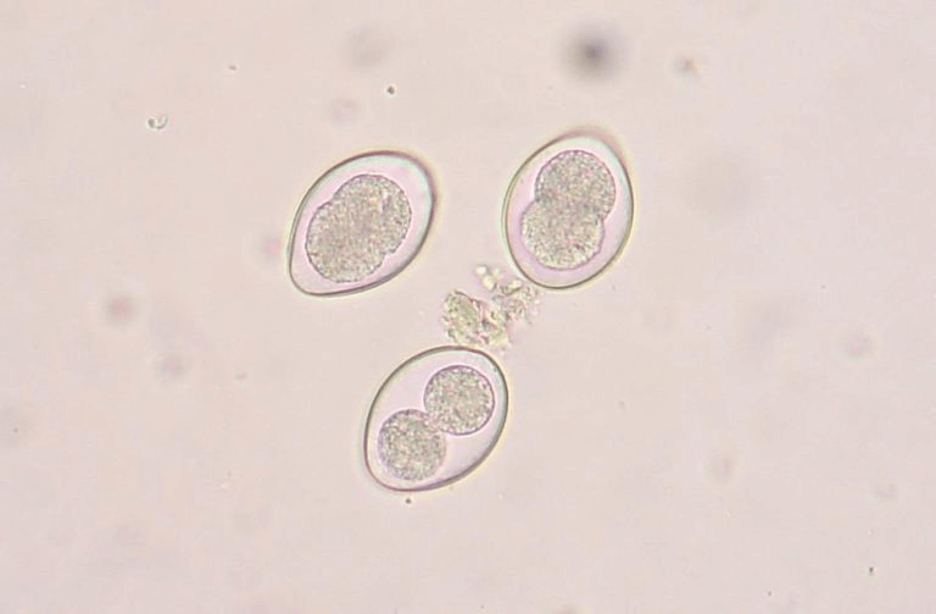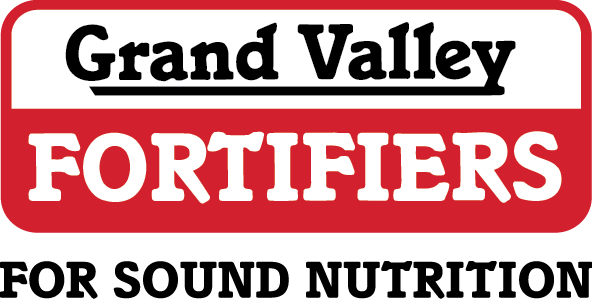Monogastric Nutritionist
Grand Valley Fortifiers
In my last article for the Fall 2024 edition of Poultry Grist, I discussed the economic impacts of coccidiosis and the critical role of nutrition and nutritionists in mitigating or advancing the disease. Coccidiosis, one of the main concerns in poultry production systems, directly impacts bird performance and can lead to significant losses both in health and productivity. In this context, Grand Valley Fortifiers is committed to mitigating the impacts of coccidiosis by offering nutritional solutions and continuous monitoring of the disease in our clients’ poultry operations.
Our commitment to improving poultry health and reducing the negative effects of coccidiosis is clear. To achieve these objectives, we have implemented systematic disease monitoring in a large portion of our clients’ poultry farms through an innovative initiative called “On-farm OPG.” But what exactly does this term mean, and how does it contribute to controlling coccidiosis on farms?
What is OPG, and how does it help monitor coccidiosis?
OPG stands for “oocysts per gram of feces.” This technique involves counting the number of Eimeria spp. oocysts, the protozoa responsible for coccidiosis, in each gram of fecal sample from the birds. The higher the number of oocysts per gram of feces, the greater the challenge faced by the farm. Accurate detection of this number allows nutrition, veterinary, and farm management professionals to better understand the coccidiosis situation on each farm and make more informed decisions.

We understand that continuous and precise monitoring of coccidiosis is essential. Therefore, we are collecting fecal samples from broilers in a large portion of our clients’ farms. This collection occurs once per flock, in both medicated and vaccinated operations, to ensure that all conditions are observed. The timing of the sample collection is crucial and must occur during the most important period of the coccidiosis cycle.
Additionally, samples are collected from all the barns on the farm and, in the case of two-story buildings, from both levels. This ensures a complete and detailed analysis of the sanitary state of each section of the farm. A common question that may arise is, “Why collect samples in medicated flocks?” The answer is simple and was highlighted in my previous article: coccidiosis medications, although effective, are not 100% efficient. In many cases, medication leads to the development of Eimeria-resistant strains, meaning the disease may not be completely prevented, even with medication. Therefore, we cannot guarantee that medicated flocks are free from coccidiosis, which makes monitoring essential.
Results of the on-farm OPG project
Since we started the On-farm OPG project, the results have been quite revealing. On average, 90% of operations using coccidiosis medication have the disease in a subclinical form. This means that, although clinical signs of the disease may not be visible, the effects of coccidiosis are still present, subtly affecting the birds’ performance. This data is extremely important because it highlights the need for a more proactive approach to controlling coccidiosis, even in systems that use medication.
Moreover, we have observed significant variations in coccidiosis challenges according to the OPG values within the same farm. This occurs both between different barns on the same farm and between floors of a two story building. These results emphasize the importance of considering each farm’s specific situation for coccidiosis, as the problem may vary in different areas of the farm. This allows us to be more precise in our recommendations and control strategies, considering the particularities of each environment.
A holistic approach to mitigating coccidiosis
Mitigating coccidiosis on a farm is not a simple task. It is a holistic process that involves multiple factors, including the choice of medications, the application of vaccines (in some cases), proper management practices, environmental control, biosecurity measures, and, of course, nutrition. Within the field of nutrition, Grand Valley Fortifiers excels in its ability to identify the size of the coccidiosis challenge on each farm and apply nutritional strategies that help control the disease.
Nutrition plays a critical role in the fight against coccidiosis. At Grand Valley Fortifiers, we are dedicated to optimizing gut health in poultry through evidence-based strategies. Our approach involves the rational selection of feed ingredients, adjustments to nutrient levels, the use of specific additives, and the formulation of diets that specifically address the interaction with Eimeria. These practices not only help mitigate the impact of coccidiosis, but also enhance birds’ overall productivity, promoting better health and performance across the flock. Additionally, by correlating OPG data with flock performance data, such as final body weight, mortality rate, and FCR (Feed Conversion Ratio), we are able to identify trends and patterns that allow us to adjust nutritional interventions more effectively. For example, if a performance drop is identified on a farm, the OPG analysis may reveal if the size of the coccidiosis challenge in that flock is one of the contributing factors. With this information, we can work with the producer to implement corrective measures before the problem worsens in the next flock.
In summary, coccidiosis is one of the most challenging diseases in poultry production, but with proper monitoring and the right nutritional strategies, we can significantly mitigate its impact. Through the On-farm OPG initiative, Grand Valley Fortifiers is providing a detailed and precise analysis of the coccidiosis situation on each farm, enabling producers to make more informed and effective decisions. Nutrition plays a crucial role in this process, and our holistic approach aims not only to control the disease but also to promote optimal bird health and performance, resulting in more efficient and profitable production.
Would you like to learn more about this program? Contact your Poultry Specialist at Grand Valley Fortifiers today!
1-877-625-4400 | info@grandvalley.com
This article was written for the Spring 2025 Poultry Grist. To read the whole Poultry Grist, click the button below.

